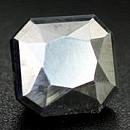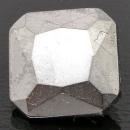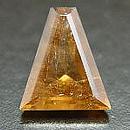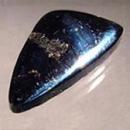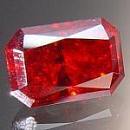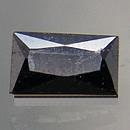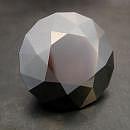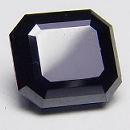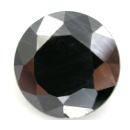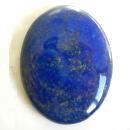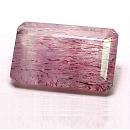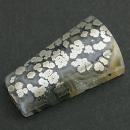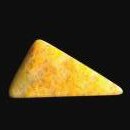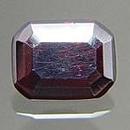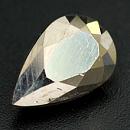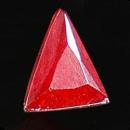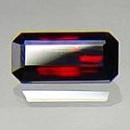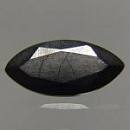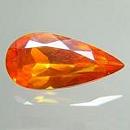|
|
|
|
|
|
| Anisotropism | ||
|
|
|
|
|
|
Anisotropism is an optical effect where certain minerals appear to change colors as they are rotated while illuminated by cross polarized light. These minerals are often, but not always, opaque and typically have a metallic or sub-metallic luster. The gems below are all anisotropic. See more information below. |
|
|
|
|
|
|
|
|
|
||||
| Arsenic |
|
Arsenopyrite |
|
Cassiterite |
|
Covellite | ||||
|
|
|
|
|
|
|
|
||||
|
|
|
|
|
|
|
||||
| Cuprite |
|
Ferberite |
|
Hematite |
|
Hübnerite | ||||
|
|
|
|
|
|
|
|
||||
|
|
|
|
|
|
|
||||
| Ilmenite |
|
Lazurite |
|
Lepidocrocite (incl.) |
|
Marcasite | ||||
|
|
|
|
|
|
|
|||||
|
|
|
|
|
|
|
||||
| Orpiment |
|
Pyrargyrite |
|
Pyrrhotite |
|
Realgar | ||||
|
|
|
|
|
|
|
|
||||
|
|
|
|
|
|
|
||||
| Rutile |
|
Tenorite |
|
Zincite |
|
|
|
|
Anisotropy is the variation in color or intensity of an opaque mineral viewed under cross polarized light. Anisotropism is an optical effect where the mineral appears to change colors as it is rotated while illuminated by cross polarized light. Reflected light microscopy is used to examine opaque minerals to determine the paragenetic relationships between different mineral phases and their identification. Often, the same specimen which is viewed using the light microscope can be analyzed using advanced x-ray and ion microprobe techniques. The sample (polished thin section, epoxy grain mount, or polished section) is placed in the appropriate reflected light microscope. Anisotrophism is an optical effect where the mineral appears to change colors as it is rotated while illuminated by cross polarized light. The polarizers are not crossed as in the case to observe reflection pleochroism. Isotropic minerals (eg, galena, pyrite) and the basal sections of hexagonal, tetragonal, and trigonal minerals do not show any anisotrophism when rotated in cross polarized light. Minerals which are pleochroic or bireflectant are generally also anisotropic. Care must be taken when observing anisotrophy to follow these rules:
|
